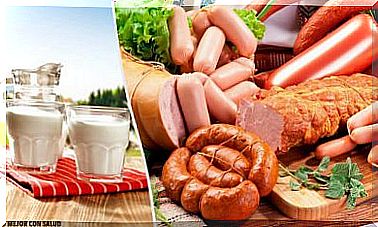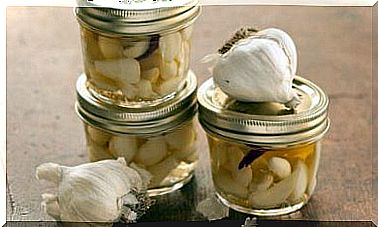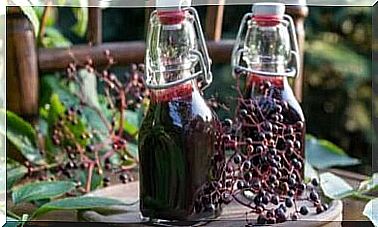Omega 3: Not Only In Fish
Certain fatty acids have numerous health benefits, which is why it is worthwhile to include certain foods in your diet on a regular basis. These include, for example, flax seeds, chia seeds and soy, because they contain a lot of omega 3.

Omega 3 is on everyone’s lips because it has many very positive effects on health. The body cannot produce this fatty acid itself and is therefore dependent on it being absorbed in sufficient quantities through food.
The best-known sources of omega 3 are fatty fish such as salmon, sardines and tuna. But there are also other foods that, when combined, provide sufficient healthy fatty acids.
Omega 3 has numerous functions
- Omega 3 plays an important role in the development and performance of the brain. For this reason, this fatty acid is also of great importance in learning processes. Children who are deficient in omega 3 during pregnancy often have visual and nervous problems.
- Omega-3 fatty acids reduce the risk of developing heart disease.
- It also relieves swelling.
- These fatty acids are very effective in preventing chronic diseases.
Health benefits of omega 3
Regulation of cholesterol levels
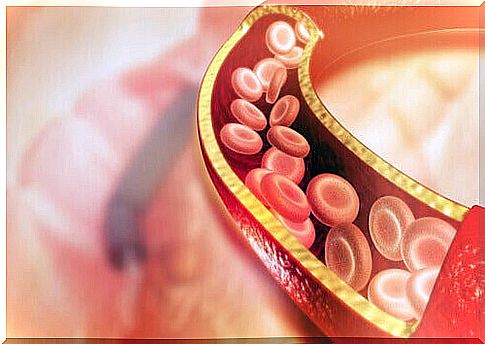
Omega-3 fatty acids can reduce triglyceride and cholesterol levels in the blood, but it should be noted that while unhealthy LDL cholesterol can be lowered, healthy HDL cholesterol does not increase.
Regulates blood pressure
Various clinical studies have shown that the consumption of omega-3 fatty acids can reduce blood pressure. Seek advice from your doctor and follow their instructions.
Eating a healthy diet is an important addition to achieving the results you want!
Foods that contain omega 3
linseed
Not only fish, but also flaxseed is characterized by a high concentration of omega-3 fatty acids. In general, 100 g of flaxseed contain around 20 g of this fatty acid. This can cover the required amount.
Chia seeds
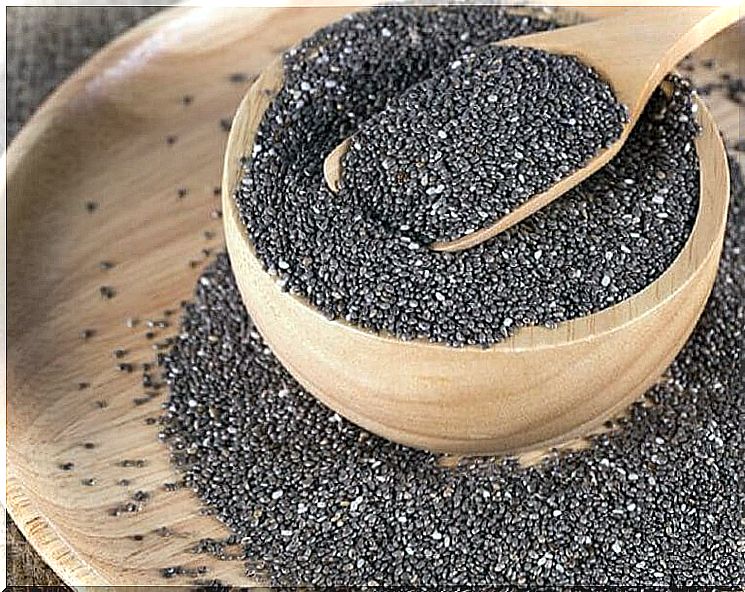
Chia seeds are also rich in omega-3 fatty acids. The concentration is similar to that of flaxseed (around 20%). Excellent desserts can be made with chia seeds.
soy
This legume also provides important fatty acids. It contains around 11 g of omega-3 fatty acids per 100 g. Many different meals can be made with soy.
Nut oil
Nut oil tastes great in many salads and also in various desserts. It contains approximately 10 g of omega 3 per 100 g. Nut oil has excellent anti-inflammatory properties.
peanut butter
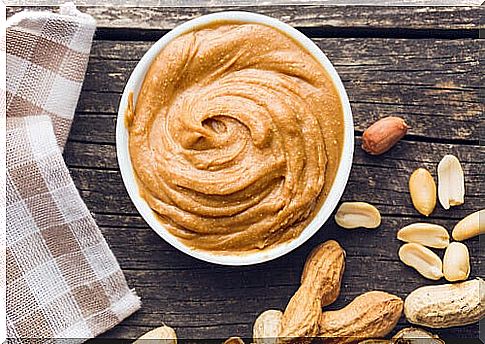
You can replace butter made from cow’s milk with peanut butter or you can use it to prepare a wide variety of dishes. Peanut butter tastes great and provides around 10 g of omega-3 fatty acids per 100 g.
Rapeseed oil
Rapeseed oil can be used in many ways in the kitchen, it is suitable for salty dishes and also for cakes. Rapeseed oil contains around 9 g of omega-3 fatty acids per 100 g.
olive oil
Olive oil is particularly popular in Mediterranean cuisine. It’s best to use it in salads to get all the benefits. It should not be used for deep-frying. Olive oil also provides valuable omega-3 fatty acids.
caviar

Caviar is rarely on the menu, but it is worth mentioning because this delicacy also provides a lot of Omega 3. It is also characterized by phosphorus and sodium.
Cabbage
Cabbage is perfect for delicious salads. These vegetables contain omega 3 and also important vitamins and minerals that keep the organism healthy.
Shea butter
Shea butter is made from the nuts of the African shea tree. It’s also an excellent source of healthy fatty acids, including omega-3s.
Get help from a nutritionist to put together a personalized nutrition plan that should not be missing from omega-3 fatty acids. You have a variety of options!
